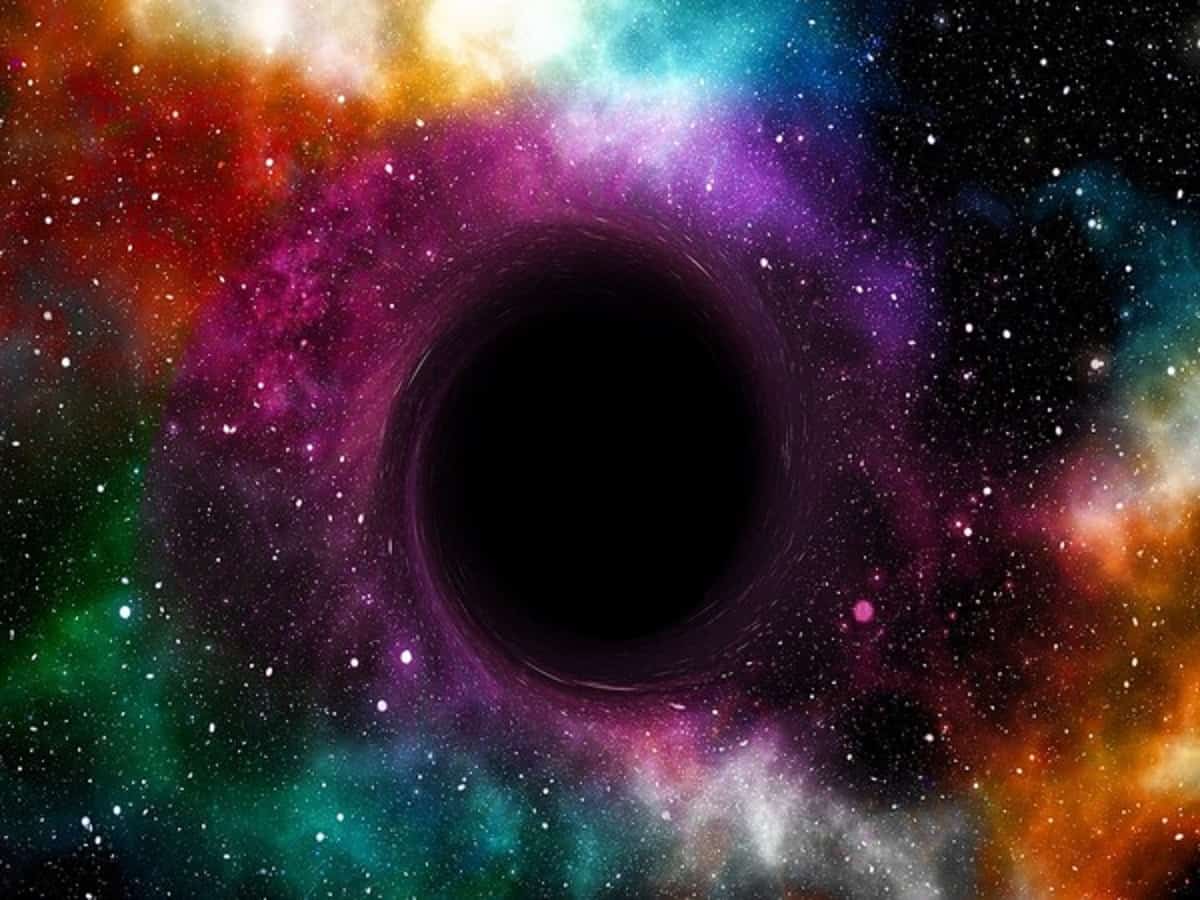Washington: A new hint towards finding out the early history of galaxy formation comes up as the astronomers discover 13 new black holes in some dwarf galaxies which are not more than a billion light-years away from our planet.
These gnome galaxies are at least are 100 times smaller if compared to our milky way. They are identified as the smallest star system to host such humungous black holes. The researchers calculate that these black holes would be as big as 400,000 times of mass as to the Sun.
“We hope that studying them and their galaxies will give us insights into how similar black holes in the early Universe formed and then grew, through galactic mergers over billions of years, producing the super-massive black holes we see in larger galaxies today, with masses of many millions or billions of times that of the Sun,” said Amy Reines of Montana State University.
Reines and her fellow colleagues used the National Science Foundation’s Karl G. Jansky Very Large Array (VLA) to make the discovery, which they are reporting at the American Astronomical Society’s meeting in Honolulu, Hawaii.
Reines and her collaborators used the VLA to discover the first massive black hole in a dwarf starburst galaxy in 2011. That discovery was a surprise to astronomers and spurred a radio search for more.
The scientists started by selecting a sample of galaxies from the NASA-Sloan Atlas, a catalogue of galaxies made with visible-light telescopes. They chose galaxies with stars totalling less than 3 billion times the mass of the Sun, about equal to the Large Magellanic Cloud, a small companion of the Milky Way.
From this sample, they picked candidates that also appeared in the National Radio Astronomy Observatory’s Faint Images of the Radio Sky at Twenty centimetres (FIRST) survey, made between 1993 and 2011.
They then used the VLA to make new and more sensitive, high-resolution images of 111 of the selected galaxies.
“The new VLA observations revealed that 13 of these galaxies have strong evidence for a massive black hole that is actively consuming surrounding material. We were very surprised to find that, in roughly half of those 13 galaxies, the black hole is not at the centre of the galaxy, unlike the case in larger galaxies,” Reines said
The scientists said this indicates that the galaxies likely have merged with others earlier in their history. This is consistent with computer simulations predicting that roughly half of the massive black holes in dwarf galaxies will be found wandering in the outskirts of their galaxies.
“This work has taught us that we must broaden our searches for massive black holes in dwarf galaxies beyond their centres to get a more complete understanding of the population and learn what mechanisms helped form the first massive black holes in the early Universe,” Reines said.
Reines worked with James Condon, of the National Radio Astronomy Observatory; Jeremy Darling, of the University of Colorado, Boulder; and Jenny Greene, of Princeton University. The astronomers are publishing their results in the Astrophysical Journal.
The National Radio Astronomy Observatory is a facility of the National Science Foundation, operated under cooperative agreement by Associated Universities, Inc.

